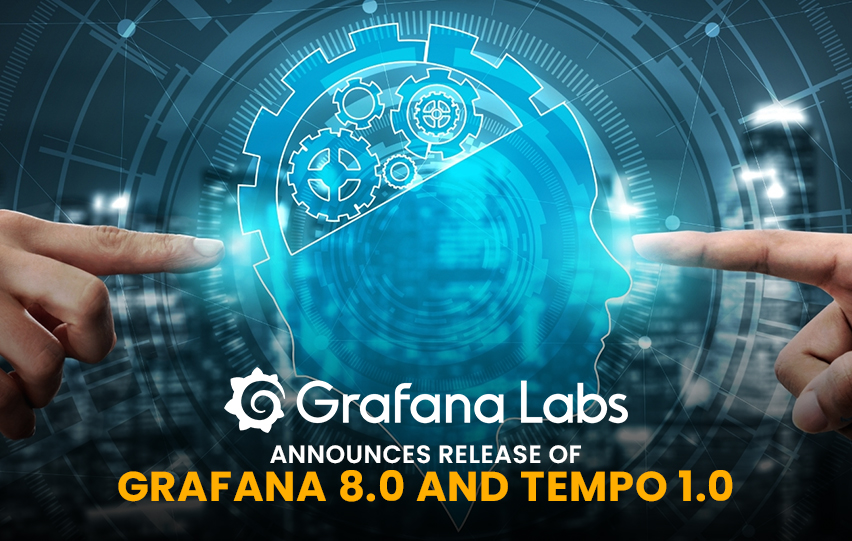Grafana Labs unveiled updates on its products at its developer conference. These are new machine learning features and the general release of Grafana Tempo 1.0 and Grafana 8.0.
The company's newest release contains Grafana Tempo distributed tracing, improved visualizations, and a unified alert mechanism.
Torkel Ödegaard, Grafana Labs Co-founder, said that over 740,000 individuals are active users of the Grafana platform. They can view data from their smart devices at home, business apps, and so on.

According to him, the new capabilities are intended to assist teams in better monitor systems and adapt to change while also decreasing the infrastructure required to operate their observability data.
The revised alerting system, which offers a consistent alerting experience for every Grafana user, is at the top of the list of new features in Grafana 8.0.
Users' notifications will be consolidated onto a single page for easier reading and managing, with the opportunity to modify and update alerts from the same location. It removes the need to move between several dashboards and alerts to locate up-to-date information.
Grafana’s traditional dashboard alerts, and more complicated alerts, will benefit from these additional centralized functionalities.
Upgraded visualizations, along with a state timeline, bar graphs, status grid, scatter plots, and histograms, are among the new features in Grafana 8.0. Users can also enjoy a new appearance and style with more available theme choices and user interface enhancements.
Besides, there are optimized startup and performance load due to a significant reduction in the first download size, allowing users to get to work quicker and interact with their dashboards more responsively.
First introduced in October 2020, Grafana Tempo 1.0 is now accessible to Grafana users. It is a distributed tracing backend that is cost-effective and large-scale. It was developed to assist manage traces with little infrastructure investment, needing just object storage to run.
Users may utilize Tempo to go further into observability information and find particular traces to answer queries such as, “Can I view the specific trace?” or “Why is the question of the customer slow?”
Tempo, unlike other tracing backends, can expand without requiring a sophisticated cluster. It is compatible with open-source tracing systems such as OpenTelemetry and Jaeger.
Companies may obtain better insight into their programs while minimizing infrastructure expenditure by detecting traces using logs and examples and keeping the traces in Tempo ID. It is important since spending on cloud infrastructure is increasing in all businesses.
















